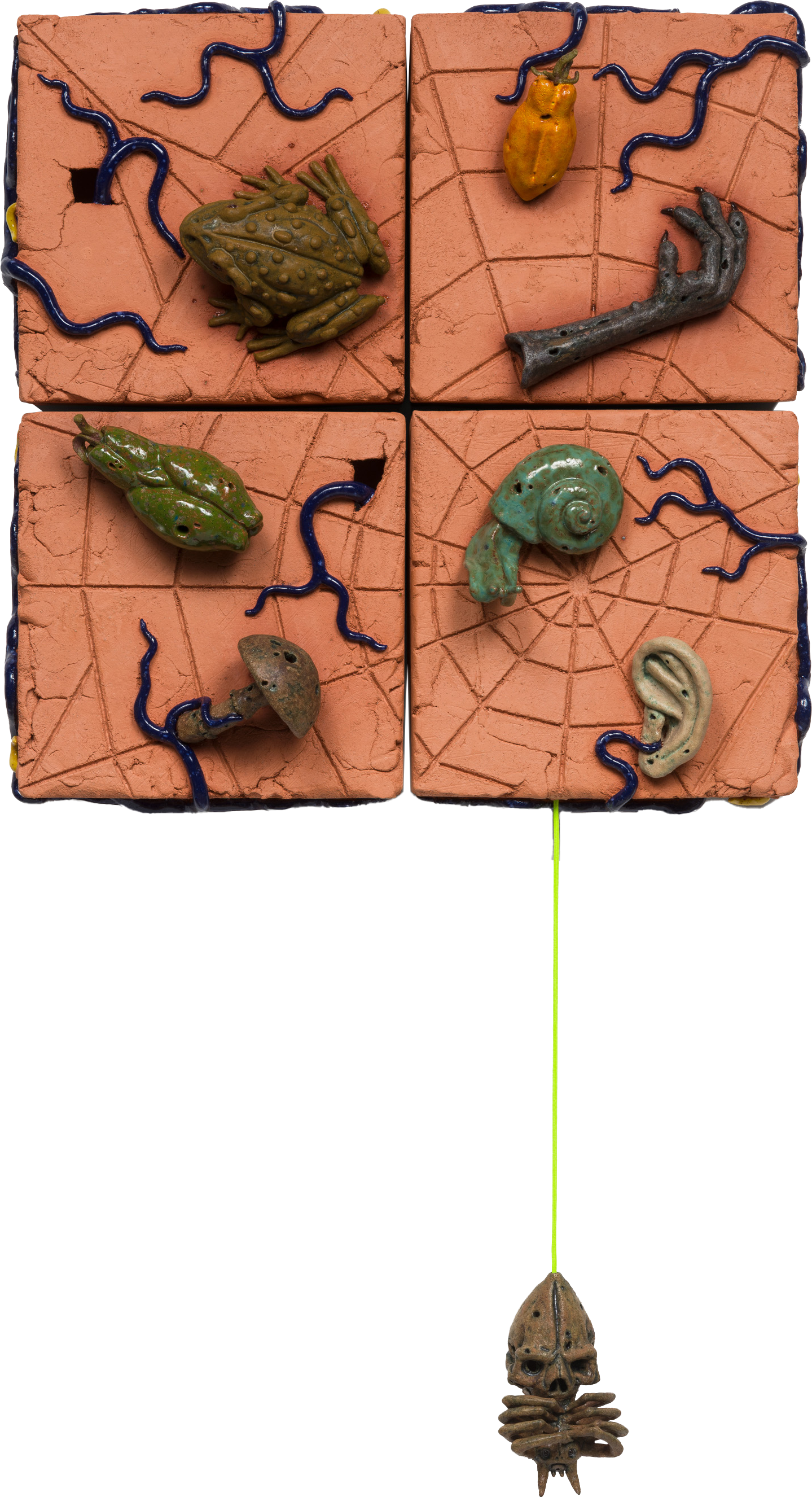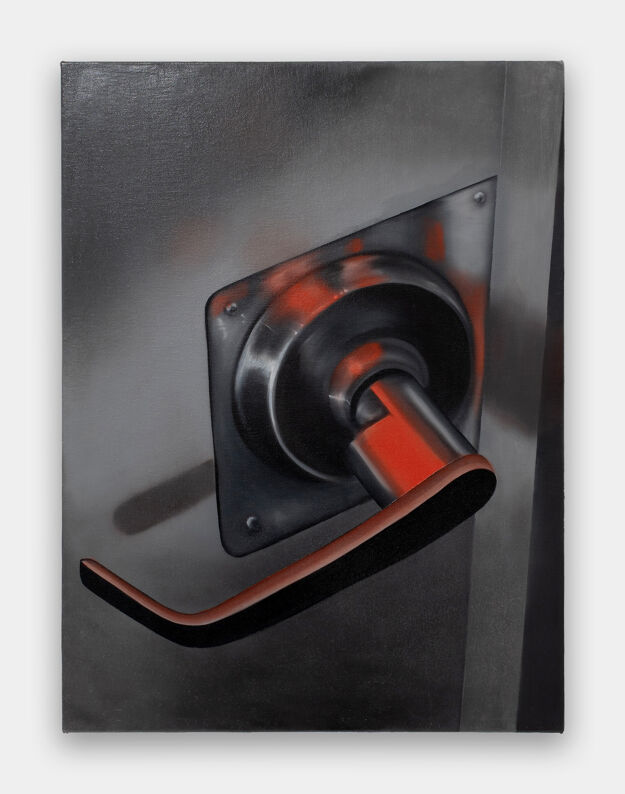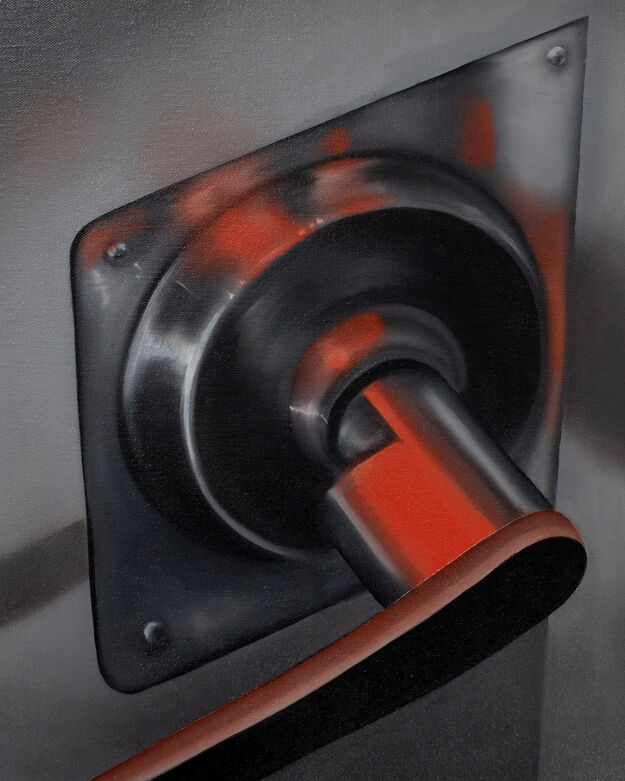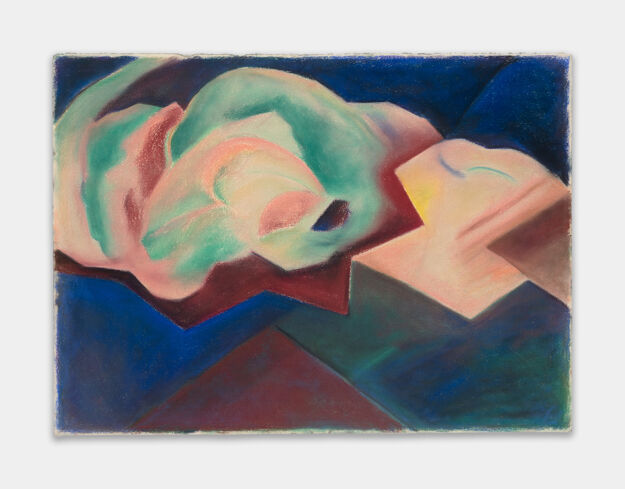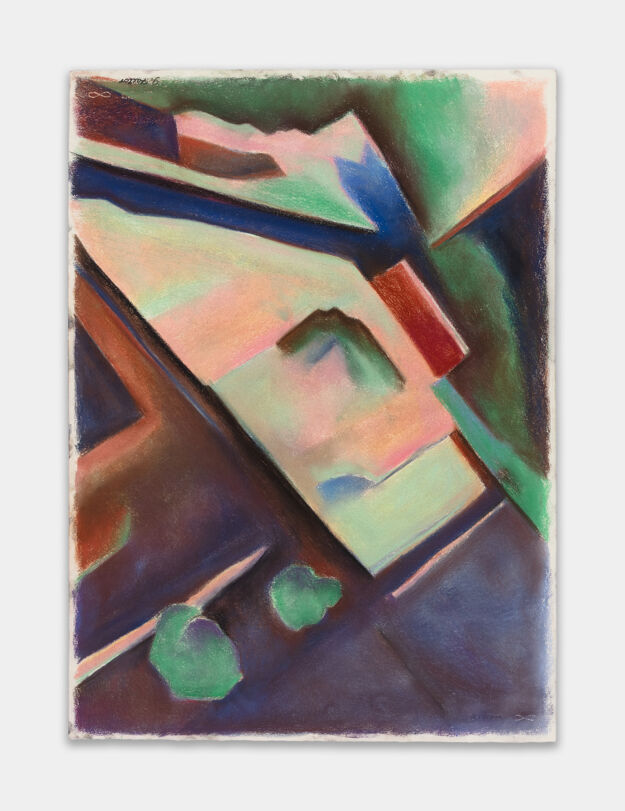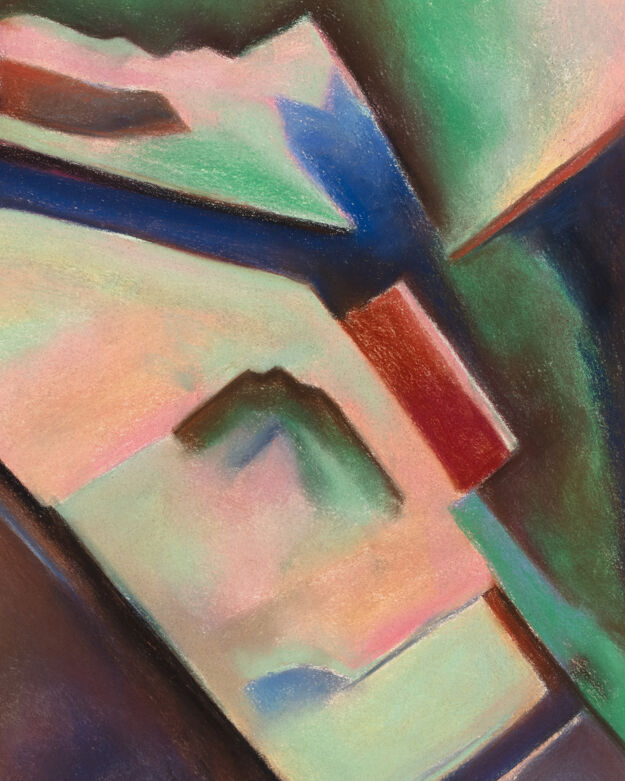About the artwork:
Ancient Romans commonly left party floors covered in discarded food scrap as a Memento Mori or a ritual gesture toward the dead. Here, the artist reinterprets these unswept floors with objects commonly found in his garden. Working off a set of interior tiles, Snowden employs a less visible network of bacteria, fungi, roots, and insects to create a complex living structure within this artwork. Snowden’s choice of clay as his material only heightens this artwork’s regenerative symbolism while echoing themes connected to the body, land, storytelling, and myth.
Working with ceramics, sculptures, and videos, Charles Snowden uses symbolic information to illustrate the cultural constructs we create around life and death. His ceramic sculptures draw from antiquity and the quotidian to touch upon culture, politics, and the circle of life. By recasting ritual objects with common garden organisms, Snowden expresses the temporal nature of existence in his mysterious, humorous, and existential objects.
About the artist:
Working with ceramics, sculptures, and videos, Charles Snowden uses symbolic information to illustrate how our culture constructs bodies across race, gender, sexuality, age, death, and nature. The artist’s ceramic sculptures draw from antiquity and the quotidian through a forensic approach that touches upon culture, politics, and the circle of life. Invoking ancient rituals, he recasts apotropaic objects (ritual art used to ward off evil) using imagery from nature. By adopting the garden as a site for his cyclical investigations, Snowden uses clay (a material synonymous with the body) to express the temporal nature of existence through references to historical imagery. Ultimately, the artist employs various symbols of metamorphosis, growth, deterioration, and decay to create his mysterious, humorous, and existential objects.
Charles Snowden was born in 1989 in San Diego, CA, and lives and works between Barcelona, Spain, and Los Angeles, CA. He holds an MFA from the University of California, Los Angeles in Los Angeles, CA (2021) and a BA from Humboldt State University in Arcata, CA (2012).
Snowden has mounted solo exhibitions at Shulamit Nazarian in Los Angeles, CA (2022), The Hill Street Country Club in Oceanside, CA (2018), and the Blue Gate Gallery in Oceanside, CA (2015).
His work has been included in group exhibitions at Swivel Gallery in New York City, NY (2023); Guerrero Gallery in Los Angeles, CA (2023); Shulamit Nazarian in Los Angeles, CA (2022); The San Diego Art Institute in San Diego, CA (2021); The Millard Sheets Art Center in Pomona, CA (2019); The Oceanside Museum of Art in Oceanside, CA (2015); and elsewhere.
Snowden’s work is the permanent collection of the San Diego Art Institute in San Diego, CA.
